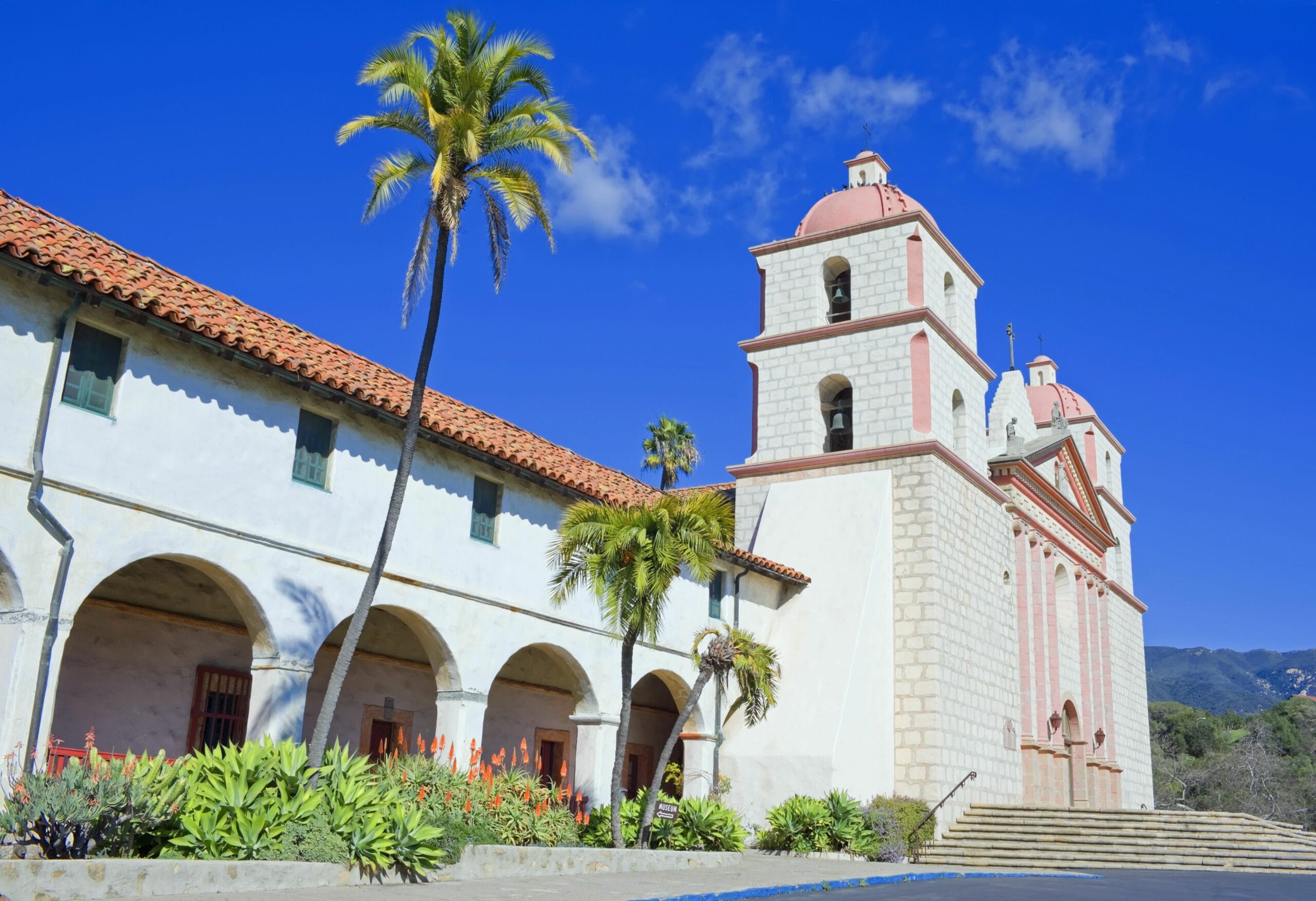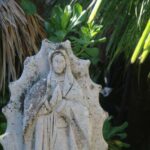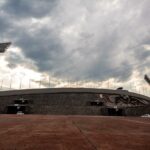Unveiling California’s Spanish Colonial Past
Imagine stepping back in time, exploring sun-drenched courtyards, and hearing the echoes of history whisper through ancient bells. That’s the magic of California’s 21 missions, a chain of historic landmarks stretching along the California coast. These aren’t just old buildings; they’re time capsules, each with a story to tell about California’s Spanish colonial past. From San Diego in the south to Sonoma in the north, these missions offer a unique glimpse into a period of cultural exchange, religious conversion, and territorial expansion.
The Missions: Faith, Conquest, and Cultural Collision
Between 1769 and 1833, Franciscan friars, led by figures like Junípero Serra, embarked on a mission to spread Catholicism and expand Spanish influence throughout Alta California (present-day California). These missions, strategically spaced roughly 30 miles apart (a day’s journey on horseback), weren’t just churches; they were intended to be self-sufficient communities, complete with farms, workshops, and living quarters. Funded by the Spanish crown, they represented a significant investment in the colonization of this new territory. Building these settlements presented numerous challenges, from unfamiliar terrain and limited resources to the complexities of interacting with the native population.
Mission Architecture: A Blend of Cultures
The California missions are architectural gems, blending Spanish Colonial style with emerging Native American building techniques. Thick adobe walls, graceful arches, and iconic bell towers characterize these structures. The buildings were designed for functionality as well as beauty. Courtyards served as central gathering places, and workshops and kitchens bustled with activity. Architectural details, from intricate carvings to the simple elegance of the adobe, reveal the skill and artistry of the builders, a testament to the fusion of European traditions with local influences.
The Indigenous Experience: A Complex and Contested Legacy
The missions’ impact on the native people of California is complex and often painful. While the friars aimed to convert indigenous populations to Christianity, the reality of mission life for Native Americans was often harsh. They faced exposure to new diseases, disruption of their traditional ways of life, and, in many cases, forced labor. Some historians suggest that certain aspects of mission life may have offered some benefits, such as the introduction of new agricultural techniques and livestock, while others emphasize the devastating consequences of cultural disruption, forced assimilation, and the suppression of indigenous languages and traditions. Ongoing research continues to uncover the full extent of the missions’ impact on indigenous communities, and this remains a sensitive topic of discussion and study.
Secularization and Transformation
In the early 19th century, the newly independent Mexican government secularized the missions, stripping the church of its control and redistributing the lands. This marked a dramatic shift in the missions’ purpose and contributed to their decline. Many fell into disrepair, and the once-thriving communities dispersed. The secularization period represents a pivotal moment in the mission story, reflecting the changing political landscape and its direct impact on these historic sites. Later, after California joined the United States, mission lands were returned to the Catholic Church in 1863. Restoration efforts began in the 20th century, recognizing the historical significance of these sites.
Exploring the Missions Today: A Journey of Discovery
Today, many of the California missions have been lovingly restored and preserved as historical landmarks. Visiting these sites offers a tangible connection to the past. Preservation efforts continue, ensuring that future generations can experience the beauty and learn from the complex history of these remarkable places. They stand as reminders that history is not just a collection of dates and facts, but a tapestry woven with the lives, struggles, and accomplishments of those who came before us. If you want to know more about historical discoveries and how they inform our understanding of health and disease, you might find this article on the first recovered and preserved axial lacuna light insightful.
Planning Your Visit
Think of visiting the missions not as checking off a list, but as embarking on a journey of discovery. Remember, each mission has its own unique story to tell:
| Mission Feature | What to Look For |
|---|---|
| Architecture | Notice the unique blend of Spanish and Native American styles, building materials, and decorative elements. |
| Gardens and Grounds | Imagine the daily life that took place in these spaces – farming, cooking, and community gatherings. |
| Chapels and Churches | Reflect on the religious practices and beliefs that shaped the missions’ purpose. |
| Museums and Exhibits | Learn about the history, culture, and controversies surrounding the mission system. |
| Local Communities | Consider the ongoing impact of the missions on the surrounding communities and the descendants of those who lived there. |
The Purpose of the California Missions: Beyond Conversion
The California missions weren’t simply religious outposts; they were multifaceted instruments of Spanish colonization. Established between 1769 and 1823, these 21 missions formed a network along the California coast, serving religious, economic, and political purposes.
A Multifaceted Strategy
- Religious Conversion: The primary aim was to convert Native Americans to Catholicism, using a mix of persuasion and coercion. This cultural and religious transformation was intended to create loyal subjects of the Spanish crown.
- Economic Development: The missions functioned as self-sufficient agricultural and craft centers, contributing to the Spanish colonial economy. Native American labor was essential to this economic productivity, often blurring the lines between religious instruction and forced servitude.
- Territorial Expansion: The missions acted as strategic outposts, asserting Spanish control over Alta California and deterring rival European powers. The presence of missions, often accompanied by military presidios, solidified Spain’s claim to this vast territory.
A Complex Legacy
The missions’ legacy is complex and contested. They represent a collision of cultures, religions, and power dynamics, with lasting impacts on California’s cultural landscape. Ongoing research continues to shed light on the diverse experiences within the mission system. New archaeological discoveries and BIMS scoring analysis of historical records offer valuable insights, suggesting that our understanding of this period continues to evolve. While we may never have a complete picture, exploring these different perspectives is crucial to understanding the multifaceted legacy of the California missions.
Which California Mission is Most Famous?
Defining “most famous” is subjective, as different missions hold significance for various reasons. However, some consistently garner attention:
- Mission San Luis Rey de Francia (“King of the Missions”): Known for its impressive size and grand architecture.
- Mission San Juan Capistrano: Beloved for its beautiful gardens and the legendary annual return of the swallows.
- Mission San Diego de Alcalá: Historically significant as the first Franciscan mission in California.
- Mission San Francisco de Asís (Mission Dolores): Located in the heart of San Francisco, it is easily accessible and boasts a beautiful interior and a museum rich with artifacts.
Other noteworthy missions include Mission Santa Barbara, known for its elegance and coastal location, and Mission San Gabriel Arcángel, with its unique Moorish-influenced architectural style. Ultimately, the “most famous” mission is a matter of personal preference and perspective, influenced by factors such as historical significance, architectural beauty, and accessibility. Exploring these missions firsthand offers the best way to appreciate their individual charm and collective historical impact.
California’s 21 Missions: A Historic Chain
California’s 21 missions, established between 1769 and 1833, represent a significant chapter in the state’s history. These missions, stretching from San Diego to Sonoma, were more than just religious centers; they served as vital hubs of Spanish colonization, impacting the social, economic, and cultural landscape of Alta California.
A Timeline of Faith and Expansion
| Mission Name | Founding Year | Location |
|---|---|---|
| Mission San Diego de Alcalá | 1769 | San Diego |
| Mission San Carlos Borromeo de Carmelo | 1770 | Carmel-by-the-Sea |
| Mission San Antonio de Padua | 1771 | Jolon |
| (and so on for all 21 missions) |
This table provides a starting point for your exploration. Each mission boasts a unique narrative, reflecting the diverse experiences and challenges encountered during this era. Visiting these historic sites provides a tangible connection to California’s rich and complex past. As research continues, our understanding of this period evolves, offering new perspectives on the lives and events that shaped California’s identity.
- Unlock Black Pepper’s Secrets: A Complete Guide - April 26, 2025
- Discover Long Black Pepper: Flavor & Health Benefits - April 25, 2025
- Shocking Twists: The Grownup Review: Unreliable Narration - April 25, 2025

















1 thought on “California Missions: An Explorer’s Guide to History, Architecture, and Legacy”
Comments are closed.